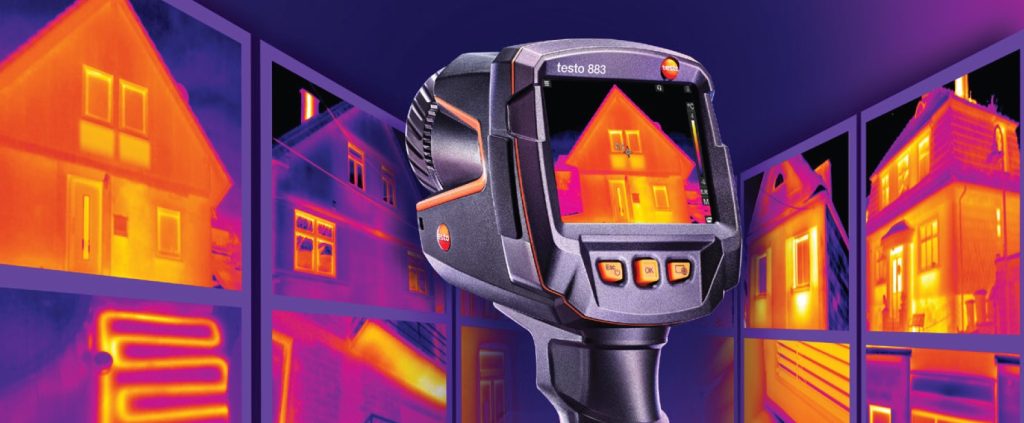
Potential energy savings and stimuli for the building industry, house owners and the climate.
While attention is now being paid to energy-efficient construction methods for new builds, existing buildings have a long way to go to catch up in terms of their energy consumption.
It remains essential to discover major potential energy savings through refurbishment and modernisation. The improvement of the energy standard of a building – for instance through heat insulation or the installation of new windows – also represents a relevant cost saving for both house owners and tenants.
Thermography as an efficient measuring instrument for the construction sector
Thermography is a non-destructive testing and measurement method based on infrared radiation which is invisible to human beings. It has become firmly established in the construction industry, because it enables conclusions to be drawn about heat insulation and possible structural defects, such as thermal bridges, using meaningful thermal images. Thermal imaging can be used both indoors and outdoors and it offers a wide range of possible applications:
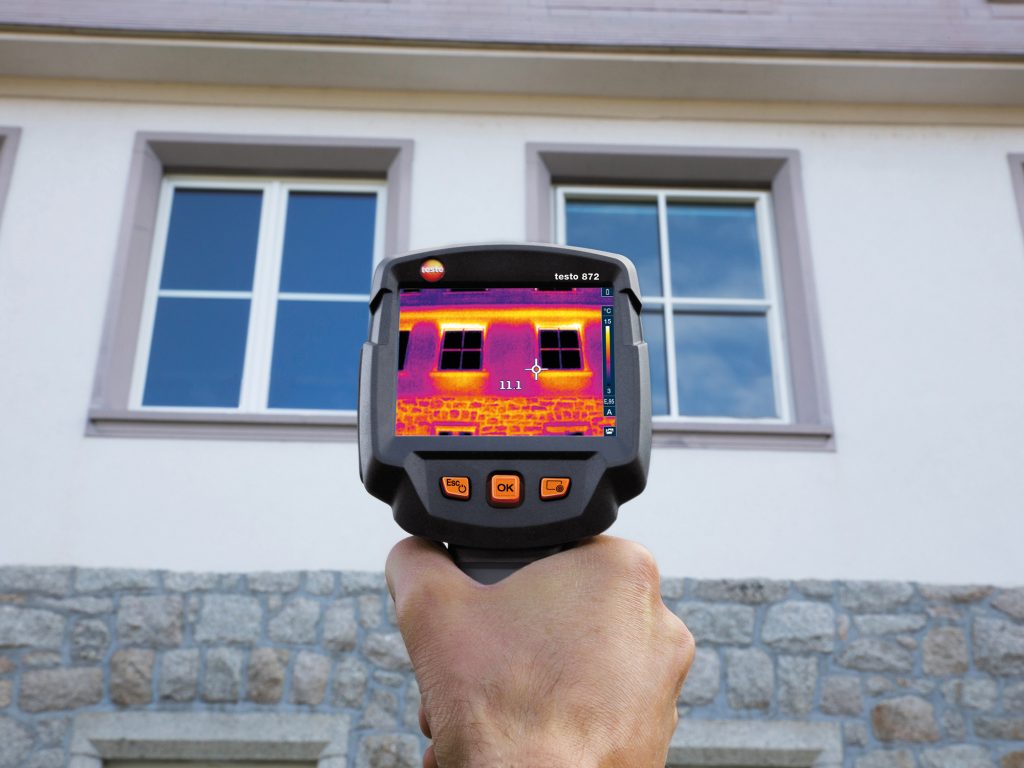
- Structural design: new builds, building refurbishment, monument preservation and quality control
- Energy consulting
- Technical building services, including fire protection
Thermography of the external building shell
Outdoor thermography enables a fast energy assessment of the whole building shell. It provides an overview of the heat released by the outer wall and is therefore predominantly used for locating weak spots, such as
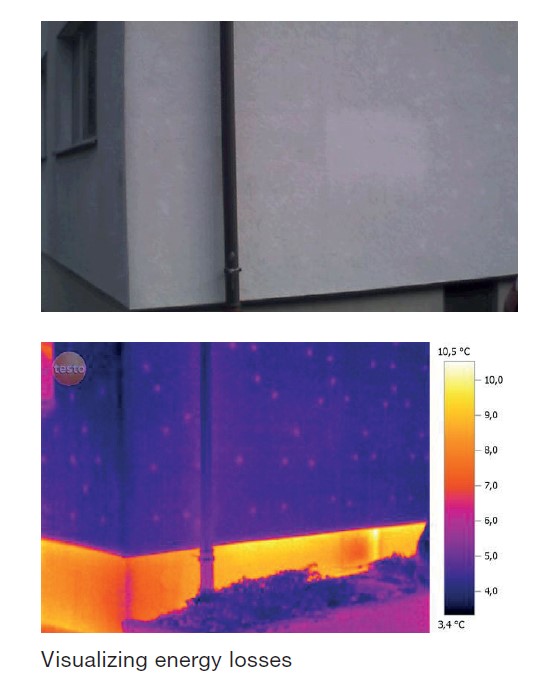
- thermal bridges,
- leaks,
- insulation defects and
- moisture damage in the building shell
As a rule, thermography of the external building shell is only employed for the preliminary image based representation of temperature distributions and of the consequences that may arise from these. It does have some limitations for example checking roofs – due to the perspective. An indoor measurement is also often carried out to obtain meaningful and holistic measurement results.
Some areas of application for outdoor thermography include:
Locating thermal bridges
Thermal bridges are among the
heat-related building defects that
occur most frequently. Thermal
bridges are deemed to be localized
areas through which heat is more
rapidly transported to the outside than
through the other components. They
firstly cause a great deal of energy
loss and secondly condensation,
which may in the end lead to mould
formation. Thermal bridges frequently
occur on
- balconies,
- window frames and lintels,
- hollow ceilings made of reinforced
concrete and - non-insulated components.
Locating hidden structural features in new builds, old buildings and historic buildings
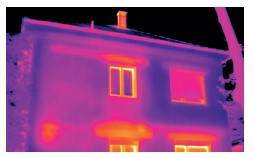
Outdoor thermography provides a quick method for detecting possible structural defects. It also enables the identification of timber frames coated with mineral plaster. The infrared image also reveals areas where plaster is breaking off. Thermography is ideally carried out around two hours after sunset.
Indoor thermography
Indoor thermography involves thermal images being taken of the interior of a building or of components. The advantage of this process is that the same temperature prevails over a longer period of time indoors and also that the external influences of the weather require only limited consideration. Indoor thermography can for example enable:
- insulation damage,
- leaks in pipe insulation and
- underfloor heating pipes to be visualized in a targeted way
- locating of moisture damage or
- mould infestation
Many thermal weak spots can only be detected using indoor thermography. In addition, other measurements, such as the differential pressure measurement method (also: blower door test), are substantiated by indoor thermography. Indoor thermography is used in a much broader range of areas of expertise.
For more information on this topic visit Testo website to download the practical guide for building thermography.



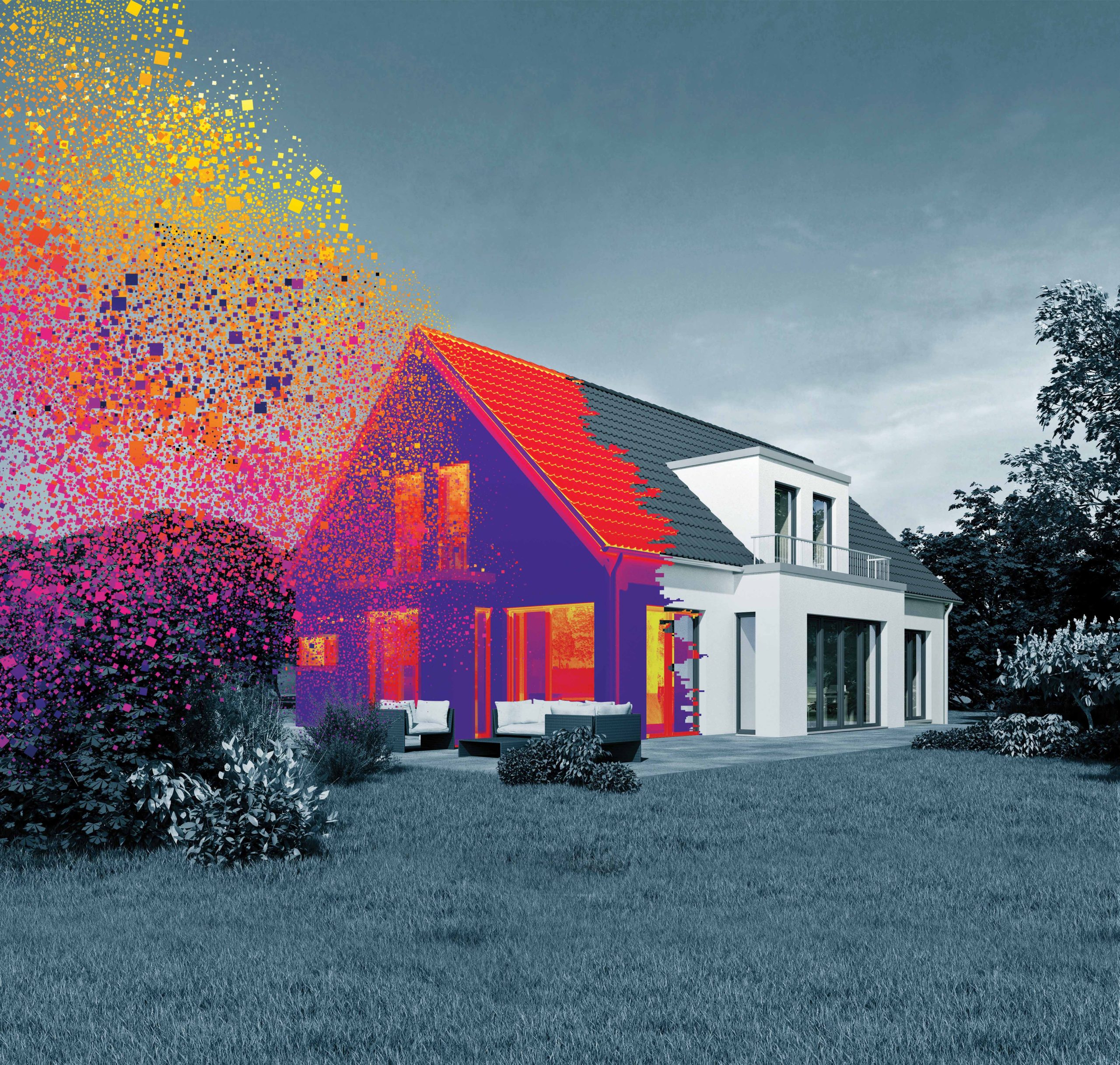


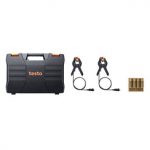


 Reduce cooking oil costs while ensuring quality
Reduce cooking oil costs while ensuring quality Expert knowledge on CO2 monitoring
Expert knowledge on CO2 monitoring Refrigeration knowledge - in 3 modules
Refrigeration knowledge - in 3 modules



